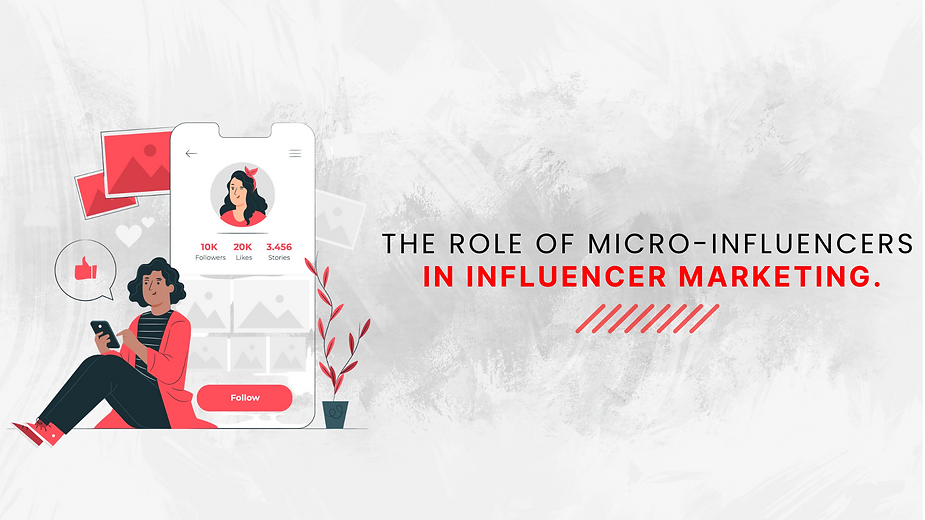Understanding Micro-Influencers
Micro-influencers are a unique group within the broader influencer landscape. While all influencers provide content and guidance on social media, micro-influencers stand out because they typically have a smaller following, ranging between 10,000 and 100,000 followers. Despite their relatively modest audience size, micro-influencers often boast higher engagement rates. This high engagement is crucial because, beyond a certain follower count, engagement tends to decline. Platforms like PickMyAd allow brands to connect with influencers across a spectrum of follower counts, from those with millions to those with just a few thousand, helping businesses choose the right fit for their campaigns.
Micro-Influencers vs. Macro-Influencers
Influencer marketing leverages the trust and credibility that influencers have built with their audiences to promote products or services. Macro-influencers often have hundreds of thousands, if not millions, of followers, allowing brands to reach a broad audience. However, micro-influencers, with their smaller but more engaged followings, can provide more targeted reach and often more authentic interactions. Studies show that over 82% of consumers are more likely to purchase a product recommended by a micro-influencer, highlighting the effectiveness of these influencers in building brand trust and driving conversions.
Benefits of Collaborating with Micro-Influencers
- Diverse and Relatable Personalities: Micro-influencers come from various backgrounds, including professionals, students, and stay-at-home parents. This diversity allows brands to find influencers that align closely with specific buyer personas, making their campaigns more relatable and effective.
- Higher Engagement Rates: Unlike many celebrities, micro-influencers tend to have followers who are genuinely interested in their niche content. This results in higher engagement rates, meaning their posts often receive more likes, comments, and shares relative to their audience size. For brands, this means that their messages are more likely to be seen and acted upon.
- Cost-Effectiveness: Collaborating with micro-influencers can be more budget-friendly. Influencers with large followings often charge premium rates for endorsements, regardless of the actual engagement or relevance of their audience. Micro-influencers, however, typically offer more flexible pricing and often provide a better return on investment due to their higher engagement rates.
- Adaptability and Flexibility: Micro-influencers are often more flexible and open to feedback compared to their more prominent counterparts. They are more likely to tailor their content to meet a brand’s specific needs and are more adaptable when it comes to making adjustments or meeting deadlines.
- Authenticity and Trust: Micro-influencers tend to promote products they genuinely use and believe in, as opposed to endorsing products solely for financial gain. This authenticity resonates well with their audiences, who see them as trustworthy sources of information, leading to a greater impact on purchasing decisions.
Conclusion
Micro-influencers play a crucial role in today’s influencer marketing strategies by providing brands with access to highly engaged, niche audiences. Their authenticity, higher engagement rates, and cost-effectiveness make them valuable partners for businesses looking to build trust and drive conversions. By carefully selecting the right micro-influencers, brands can create more effective, relatable, and engaging marketing campaigns.


